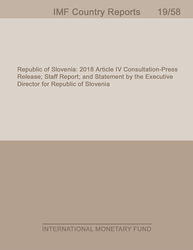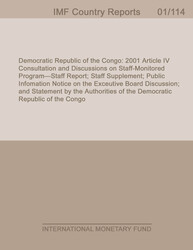
Georgia: Financial Sector Assessment Program-Macroprudential Policy Framework-Technical Note
The National Bank of Georgia (NBG) has a broad mandate to safeguard financial stability inGeorgia and has applied several measures that can be considered macroprudential. For instance, the NBG adjusted risk weights for foreign-currency (FX) loans to unhedged borrowers in a countercyclical manner in recent years. Going forward, it plans to introduce the Basel III countercyclical capital buffer regime for the banking system in 2015, which will require that it sets or releases the buffer on a regular basis, based on assessments of cyclical risks.Policymakers should consider establishing a full-fledged macroprudential policy framework in line with international best practices. The current framework is too broad to support the effective and transparent use of macroprudential policy going forward. An improved system would involve a revised legal framework to cement the use of a broad range of macroprudential instruments, the establishment of a Financial Stability Committee at the NBG level, and strong accountability and communication practices, including by the publication of regular reports on financial stability. The list of available macroprudential instruments should go beyond risk buffers and allow the NBG to set measures that directly influence the banks' activities, e.g., through the application of loan-to-value (LTV) or payment-to-income (PTI) caps.The introduction of macroprudential measures for FX-induced credit and liquidity risks have led to a strengthening of banks' risk buffers. On the asset side, additional risk weights are applied to FX loans to unhedged borrowers, while on the liability side, reserve requirements are higher for FX deposits and other borrowings. Furthermore, banks have to hold more liquidity for nonresident deposits (of which 92 percent are in foreign currency as of end-2013), if those deposits exceed 10 percent of total deposits. Combined with the general liquidity regulation, these measures have increased banks' capital and liquidity buffers, as shown in the results of the FSAP solvency and liquidity stress tests.The planned introduction of buffer requirements to mitigate cyclical and structural risks is a welcome step. The countercyclical capital buffer and the capital surcharge for systemically important banks are planned to be implemented over the next few years. The capital surcharge for systemically important banks, which would currently apply at least to the three largest banks by total assets, is particularly important in the Georgian context due to the high market concentration in thebanking sector.
Publication date: January 2015
ISBN: 9781498360296
$18.00
Add to Cart by clicking price of the language and format you'd like to purchase
Available Languages and Formats
| English |
Prices in red indicate formats that are not yet available but are forthcoming.
Topics covered in this book
This title contains information about the following subjects.
Click on a subject if you would like to see other titles with the same subjects.
Money and Monetary Policy , International - Economics , Public Policy ,
Also of interest
Summary
Copyright © 2010 - 2025
Powered by:
AIDC



